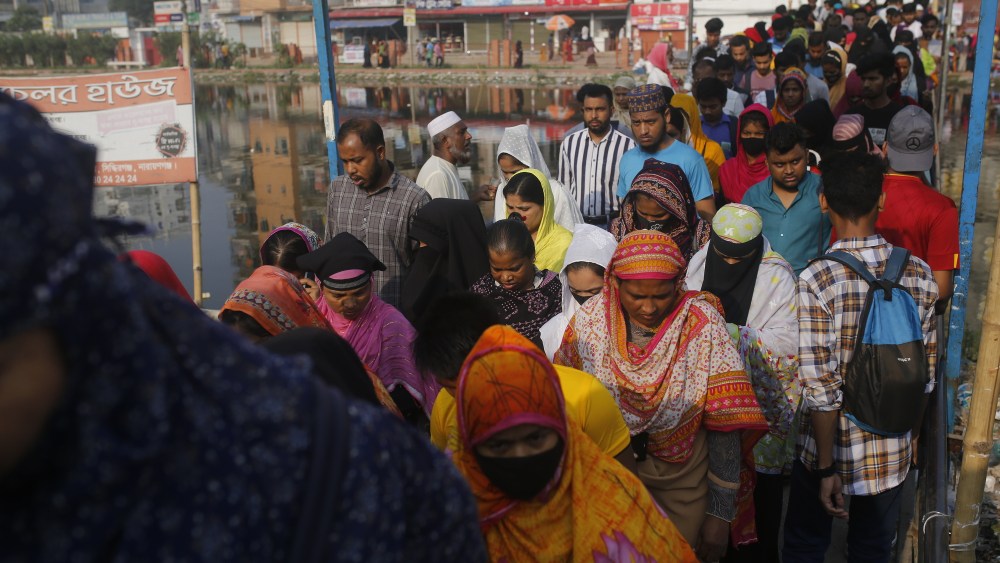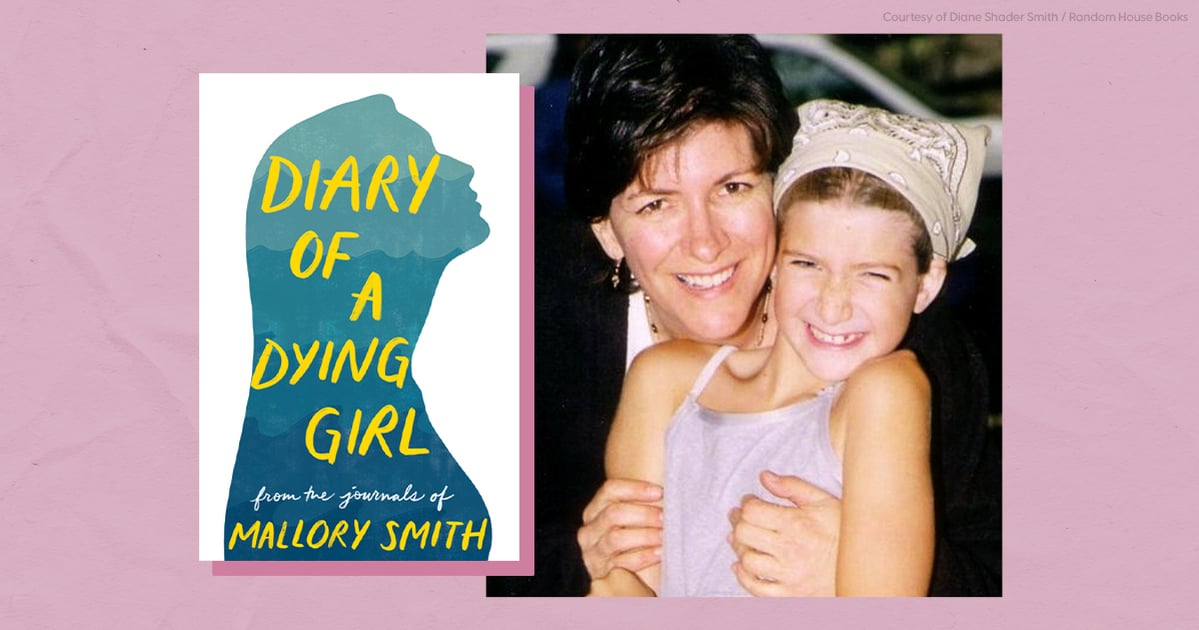PARIS – High street retailers Bestseller, H&M Group, Gap Inc. and Mango have joined forces to back a new program called The Future Supplier Initiative, a collective financing model to help garment manufacturing, spinning and knitting facilities in Bangladesh transition to renewable energy.
The four fast fashion brands will back loans and directly fund factory upgrades under a de-risking model, with the support of Singapore-based DBS Bank and Bain Capital’s risk consultancy Guidehouse.
“This initiative is really what we see as being the next big thing that our industry needs. It needs collaboration across companies, brands and businesses,” Bestseller chief executive officer Anders Holch Povlsen told WWD. “We all know that the big challenges lie deep within our supply chain. That’s where we have the [biggest] footprint today, and this is where we need to work.”
The Fashion Industry Charter for Climate Action estimates that 99 percent of total fashion brand emissions occur at the earlier levels of the supply chain. The brands’ new financing initiative looks to share the risks with Tier 1 and 2 facilities, or those at the raw material production, dyeing and finishing and manufacturing level.
You May Also Like
The initiative will “bridge the investment gap” for these suppliers, support their transition from coal to renewable energy and allow them to adopt new technologies and processes.
Because factories often produce for more than one brand, the general opacity of supply chains has proven to be a challenge — and a catalyst for the “brand agnostic” group effort, said Povlsen.
“No single company can really push this and now we hope that by teaming up, by having bigger volumes, by touching some of the same suppliers deeper in the supply chain, we hope that we can get [suppliers] to make the investments that we feel are needed,” he said.
The initiative will start in Bangladesh. The apparel industry accounts for about 28 percent of that country’s GDP, and it has been widely impacted by climate change with heat waves and flooding. The initiative hopes to expand to other key apparel manufacturing countries including Vietnam, India, China, Italy and Turkey in the future.
The Bestseller executive emphasized that while companies have tried to make changes in their Scope 1-owned emissions, such as direct energy use, the bulk of greenhouse gas emissions take place earlier in the production process and not on the selling floor. The root of the problem is that many apparel factories still run on fossil fuels.
“We have this issue — and we’re not proud of it — that there’s still a lot of coal use in some of our supply chain. That could be in India, that could be in Bangladesh, that could be in China,” he said. “There’s a lot of coal within our manufacturing, and that’s something that we’re not happy with. We are trying very hard to promote more renewable energy into our supply chain.”
The program will focus its first-year efforts on identifying projects with the highest potential for impact, creating the tech specs for transition, and putting in place the financial backing for suppliers. The second year will focus on implementation and quantifying the impact of the investments on both the emissions and business returns side.
Using science-based targets, baselining and monitoring emission reductions will also be conducted to demonstrate the impact of projects financed and implemented by the initiative.
The program could be extended to include fabric suppliers or dye houses in the future.
“The fashion industry at large, we were probably a little bit unaware of this [impact] 10 years ago. And now we realize that when you really dig deep, and you really understand the full supply chain, you start to see that we have a bigger impact as an industry than what we would like to have, and we’re using more resources, and therefore we have got a lot of work to do,” he said.
“We understand that we are part of the problem, but we also want to be a part of the solution. And that’s what we’re trying to very much facilitate with this,” he said.
Looking at the idea of degrowth or lowering production volumes is not part of the plan, said Povlsen.
“It’s very difficult as a business if we’re not allowed to be successful. Every business is trying very hard to be successful. So this volume discussion is a very difficult one,” said Povlsen.
He said that for Bestseller, the question is more about fine-tuning production and sales volumes, as well as using more recycled fibers. But he was frank about that too.
“It’s not always easy to recycle fibers, because the product you get out of it tends to have less quality,” he said. The company is investing big in new technologies to improve the quality of recycled materials, he added.
Povlsen noted that this is the first time major high street retailers are combining forces to create a finance initiative. “There needs to be a collective effort here. Otherwise it’s very difficult to make a real change for the better,” he said.
Bestseller and H&M Group previously partnered to develop an offshore wind project in Bangladesh. The retailers pledged to invest up to $100 million to decarbonize suppliers through that project.
Povlsen said significant credit for The Future Supplier Initiative belongs to former H&M Group CEO Helena Helmersson, who spearheaded the company’s visible sustainability push and was seen as a success story of an executive who had risen through the ranks via the sustainability team before taking on an executive role.
She unexpectedly left the company in January after sales growth remained flat for several quarters. She was succeeded by Daniel Ervér, who now holds the CEO spot at the Swedish company.
“The Future Supplier Initiative shows that solutions are readily available and come with proven impact, but it requires commitments from brands and investors that are willing to invest. We encourage others to join our efforts to tackle our industry’s negative climate impact,” said Ervér.
“The Future Supplier Initiative…unites brands, technical partners, and financial institutions to drive meaningful climate action across the industry, better and faster than any one company can on its own,” added Gap Inc. president and CEO Richard Dickson.
Mango CEO Toni Ruiz said: “In order to reach our climate ambitions, fashion companies inevitably need to decarbonize our supply chains. The joint effort that represents the Future Supplier Initiative is definitely a huge step forward from the industry in allowing for affordable funding for factories to engage in energy efficiency initiatives, and a sign that cooperation is possible in our sustainability journey.”
“No single business alone can solve this challenge, but by sharing the costs, risks and responsibilities of the transition to renewable energy, we can build an ecosystem of solutions and kick-start a new era of change,” said The Fashion Pact executive director Eva von Alvensleben.
“Financial institutions are poised to offer better finance options provided there’s a robust pipeline of suppliers ready to embrace decarbonization efforts. The acceleration of these efforts occurs when the industry aligns its resources and investments toward the most impactful solutions,” said Apparel Impact Institute CEO Lewis Perkins. “A joint effort among brands and retailers is essential to create conditions where suppliers are motivated and capable of making these investments.”
“Accelerating net zero for supply chains requires the rapid scaling of low-carbon technologies, innovative financing models and deliberate action by an ecosystem of partners to drive adoption,” added DBS Bank group head of international banking Tan Su Shan.



